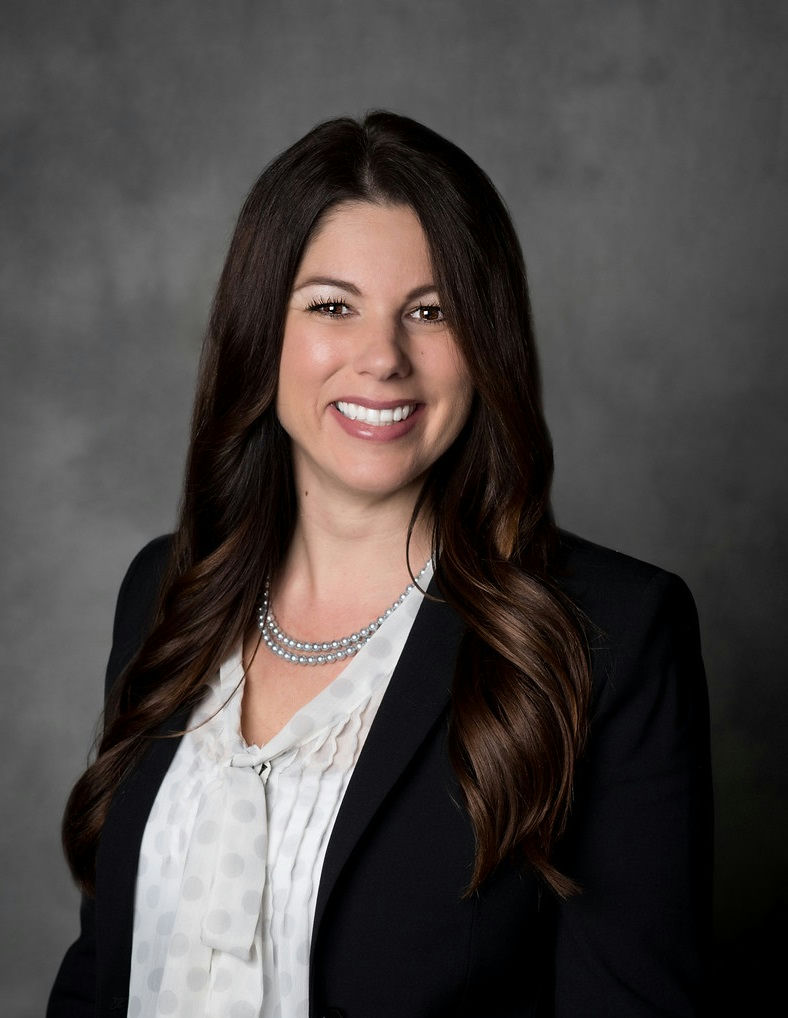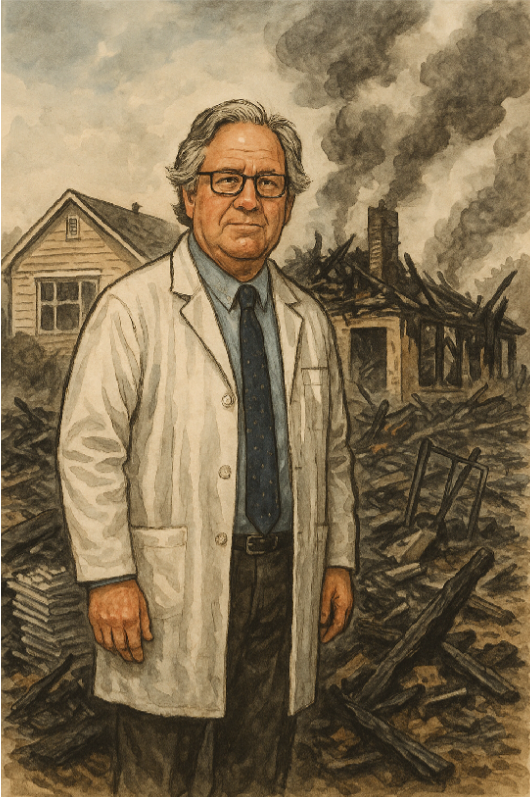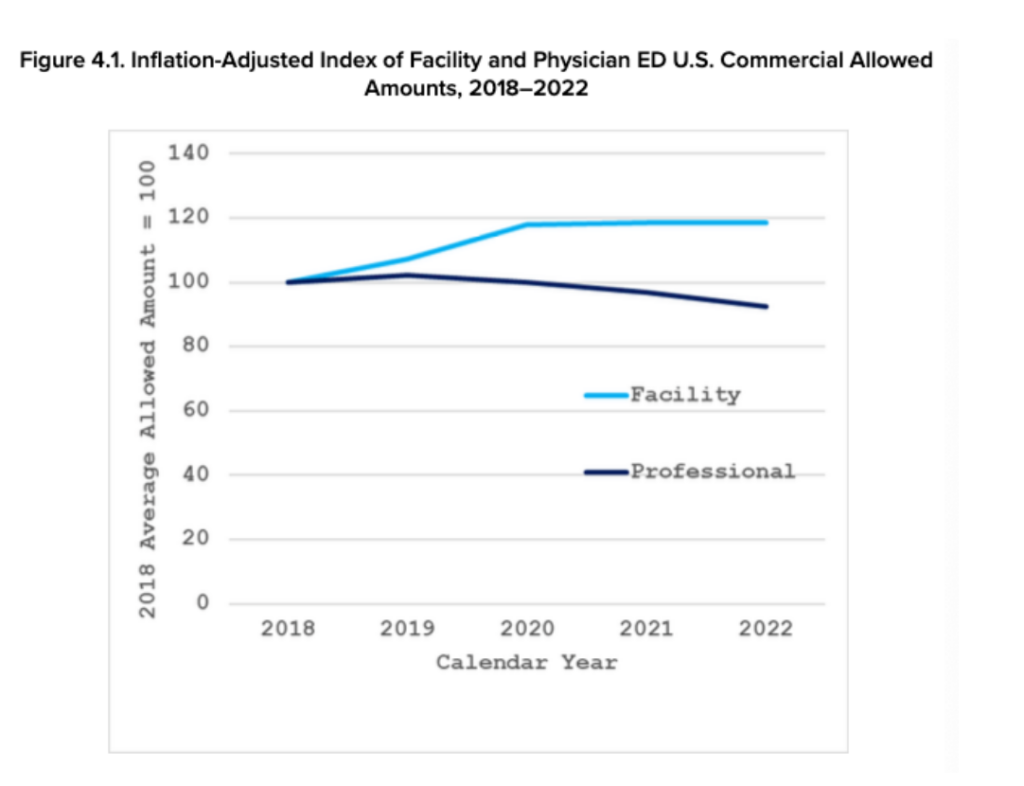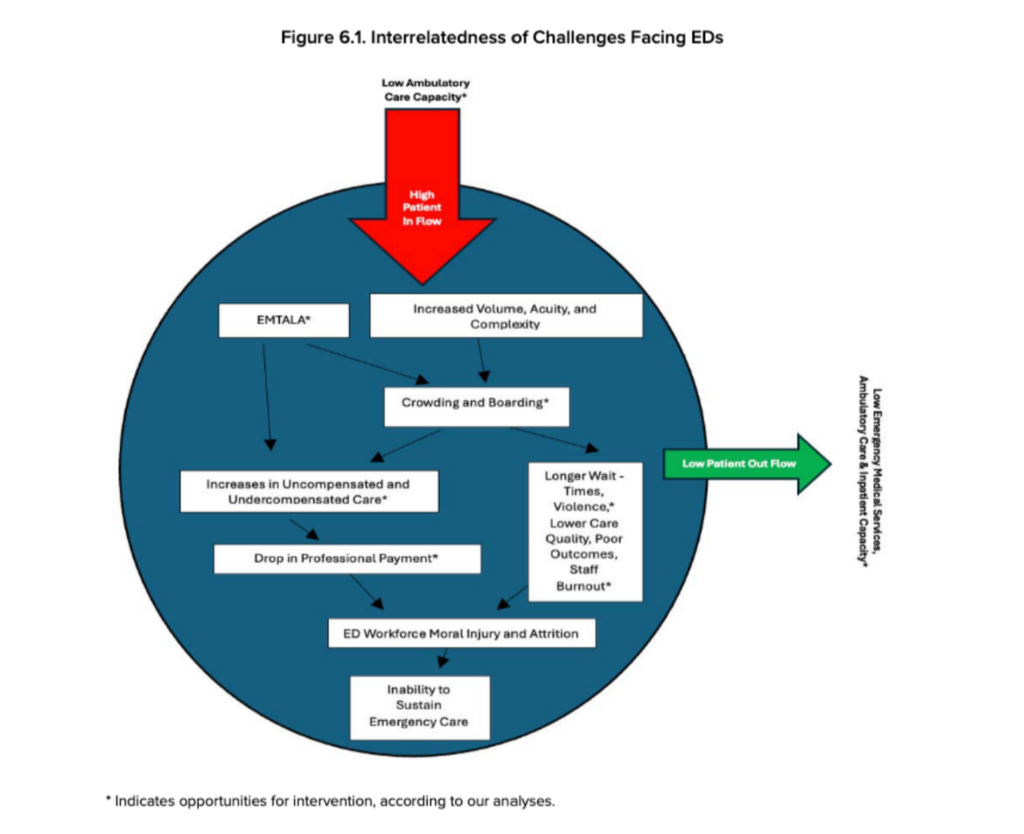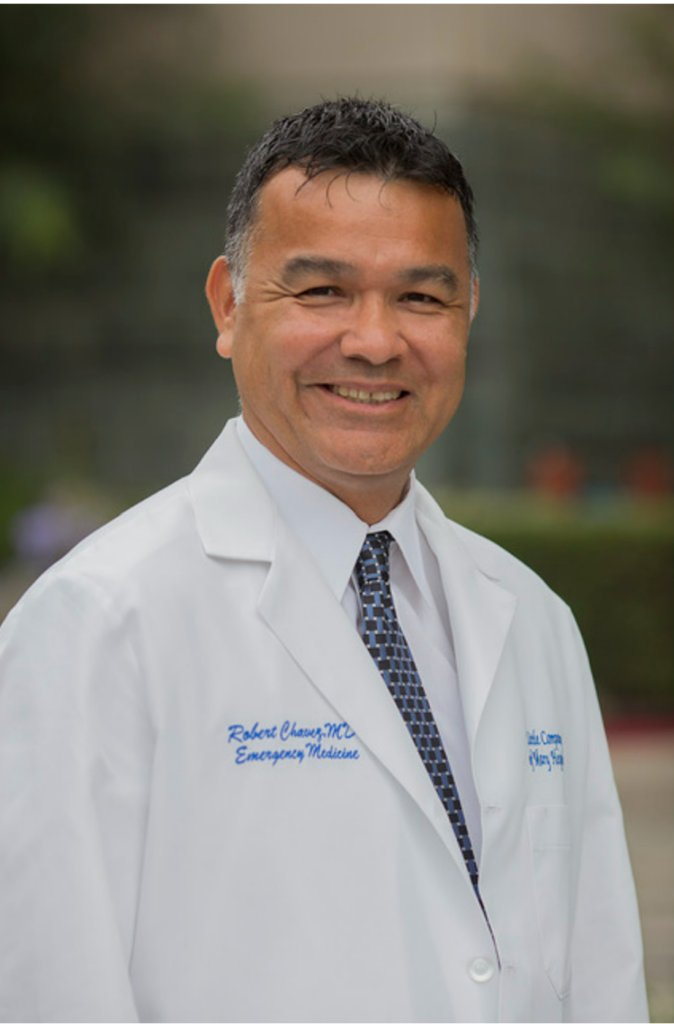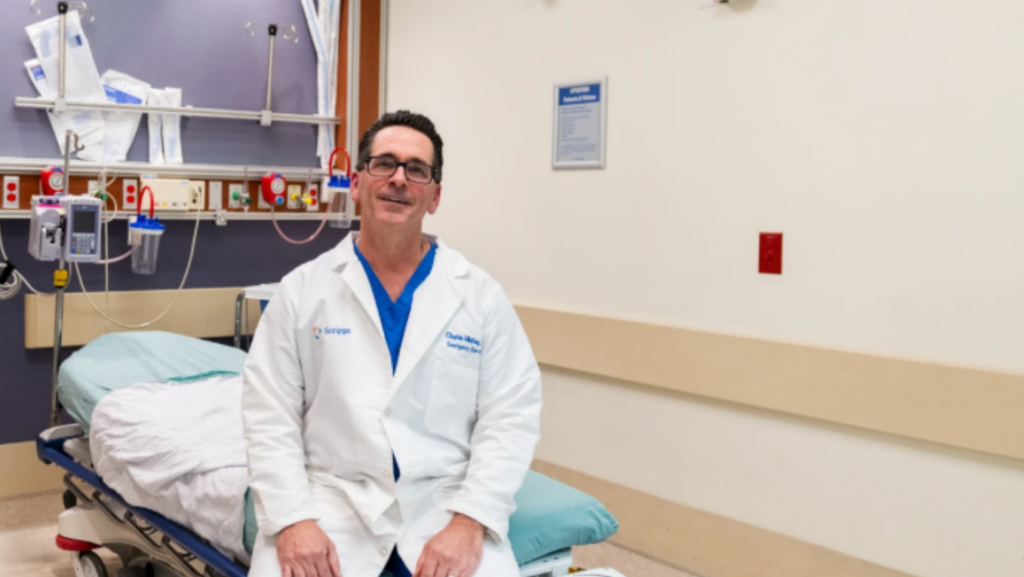
Roneet Lev, MD, FACEP
Executive Director, IEPC
At IEPC, as in most emergency medicine organizations, we spend much time defending our reimbursement. IEPC members along with physician groups across California have been in litigation against Blue Cross for systematic payment denial of level 5 visits. The American College of Emergency Physicians (ACEP) and the Medical Association of Georgia sued Blue Cross Blue Shield and Anthem for reclassifying emergency room visits as non-emergent retroactively.
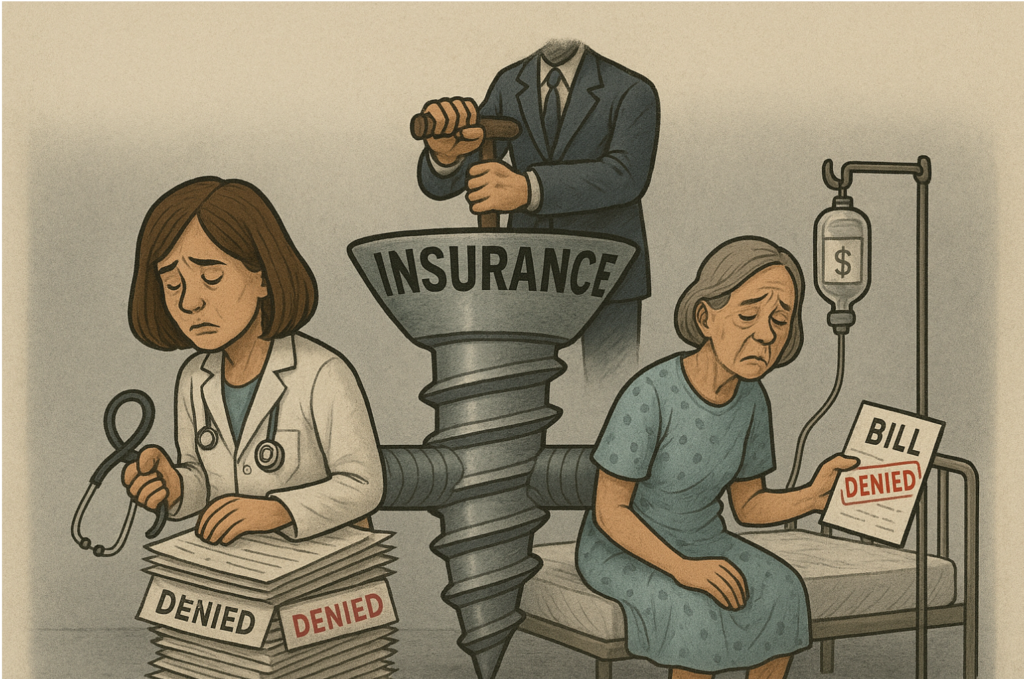
Health plans have a reputation of screwing emergency physicians.
Recently I was on the other end of medicine, as a patient. I have written about that the final emotional aspect of going from doctor to patient in the past. This time I share the financial aspect of being a patient.
In the past year I had a thyroidectomy with a neck dissection and more recently a craniotomy for meningioma. Please don’t worry – my medical recovery is great, and I have a great prognosis. It will take more to kill me. But recovering from the financial hassles is worse than any post op pain.
In the stack of mail that I went through while recovering was an insurance denial letter of my Brain MRI. Who denies an MRI to someone with a brain tumor? I saw they listed cause of denial, was thyroid. It had to be a clerical error. I called to clarify. Aetna outsources its medical approval process to eviCore. After several phone transfers, I reached the customer service supervisor who identified herself as my “patient advocate.” I was informed that the MRI is indeed denied because they consider it experimental, and they do not cover experimental procedures.
I send a complaint to the California Department of Managed Healthcare saying that Aetna is practicing medicine without a license and interfering with patient care by denying the MRI. To no one’s surprise, I never heard back.
How many patients who are not able to defend themselves suffer from egregious denials?
In any case, I can say that I have been screwed by the health plans as a physician and as a patient.
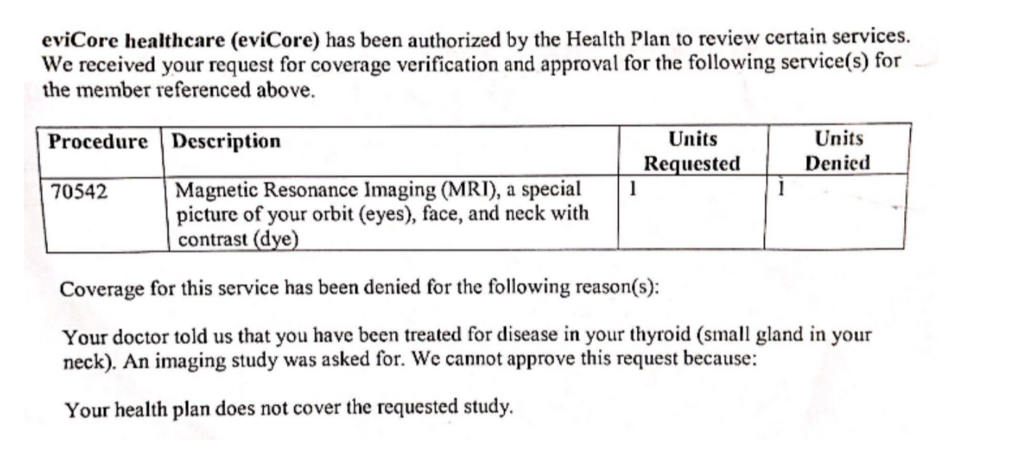
I must add that the hospital is not a angel in the medical financial system. Their portion of a thyroid biopsy was $15,067.31. The radiologist charged $229. The hospital charged $869 for a pre operative Chest X-ray. I could not negotiate any of these crazy prices, and I tried. Hospitals still put fear of sending you to collections for non-payment.
As the singer Joe Walsh has said, “I can’t complain but sometimes I still do, life’s been good to me so far.”

